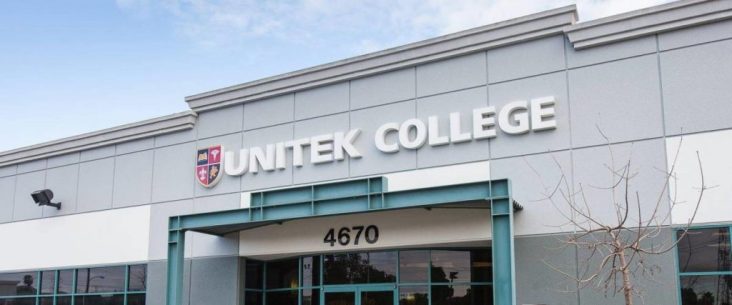Education is one of the biggest expenses in one’s life. People are willing to pay top dollar for higher education and this can be an amount that leaves them in debt for the rest of their lives. Since this is one of the biggest decisions you can make, you should be careful as to where you are paying the money and how much you are getting out of it. We have compiled a list of the four-year institutions in each state that offer the worst bang for your buck. These college and university rankings are based on publicly available data on factors including employment rates, earnings, and the prices after financial aid, and we have selected the worst colleges for your money in every state in the United States of America.
Alabama — Auburn University at Montgomery
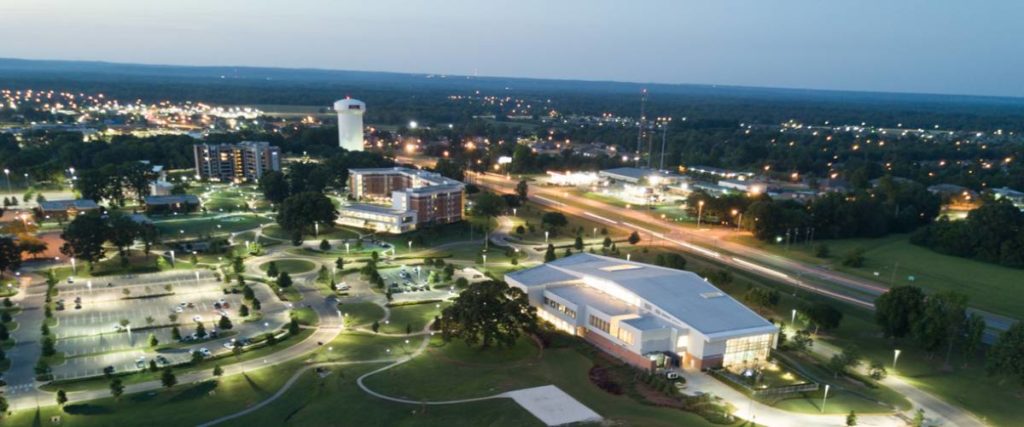
Average net price per year: $12,807
Median earnings six years after graduation: $33,300
Although it’s a bit cheaper to attend Auburn University at Montgomery than the national average of $15,523, the average debt load is pretty standard for schools on this list. Students who take out loans to pay for a four-year program borrow an average of $22,556. The school accepts the vast majority of applicants — 93% — but only 34% actually graduate, which is well below the national average of about half. “The school is way too expensive for all that they have to offer,” a freshman writes in an online review. “Campus life is dead, and there’s not much to do here. Don’t come here if you want to actually enjoy your college experience.”
Alaska — University of Alaska Anchorage
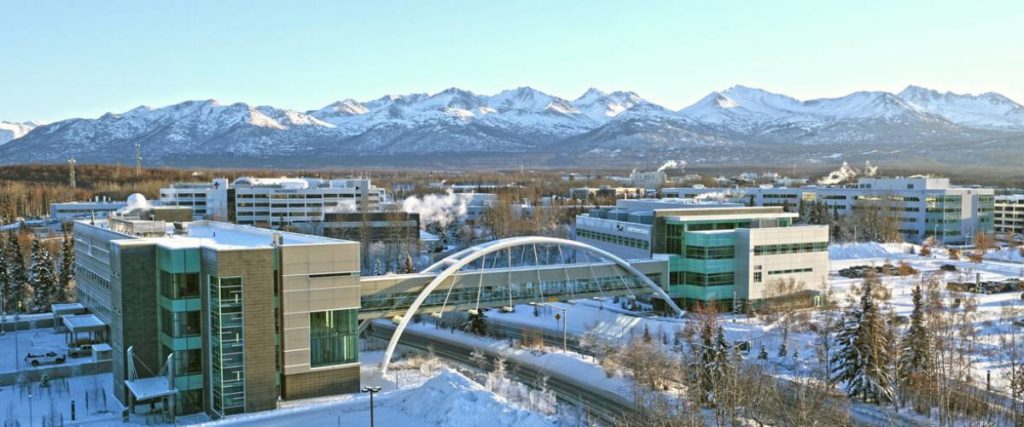
Average net price per year: $13,288
Median earnings six years after graduation: $45,400
Alaska only has a few options when it comes to colleges; as it turns out, even the school with the worst value ranking isn’t all that bad. The University of Alaska Anchorage may have a below-average graduation rate of 30%, but tuition is pretty cheap and the median salary six years after graduation is decent. You can expect to earn a salary that doubles your total student loan debt of $22,140. Not everyone is satisfied with their experience, however. “The organization as a whole is terribly managed with little to no regard for the future of its students,” comments a reviewer, who’s a senior. “The university will milk the students for money at every opportunity.”
Arizona — Grand Canyon University
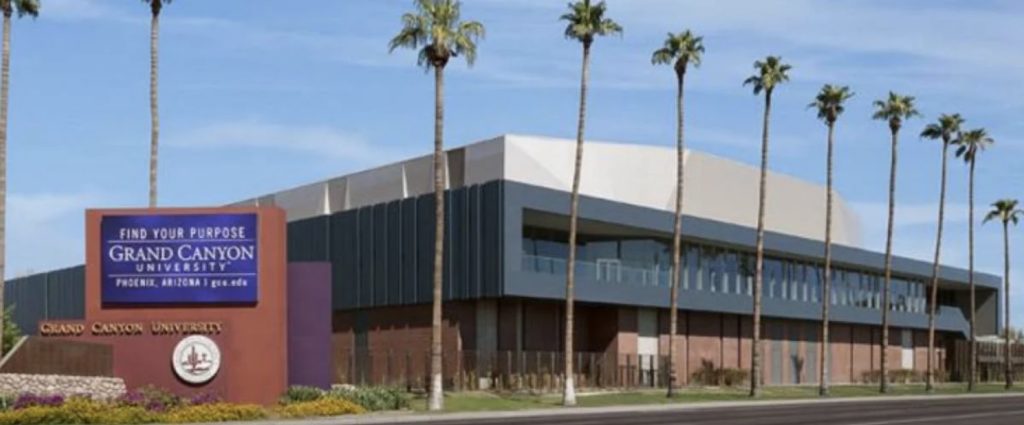
Average net price per year: $21,403
Median earnings six years after graduation: $52,700
Grand Canyon University in Phoenix costs considerably more than average, and the typical student loan debt over four years is quite high at $28,540. However, graduates with a decent credit score may be able to consolidate their student loans and save a bundle on interest. The other good news for GCU students is that the median earnings six years after graduation are almost $20,000 higher than the national average of $33,028, and the default rate on student loans is extremely low. “I just completed my last class to get a master’s degree in history,” writes a graduate student. “I was told that I had to spend $2,500 of my own money to retake a class — to get one-hundredth of 1% of a grade… I would not recommend getting involved with this school.”
Arkansas — the University of Arkansas at Little Rock
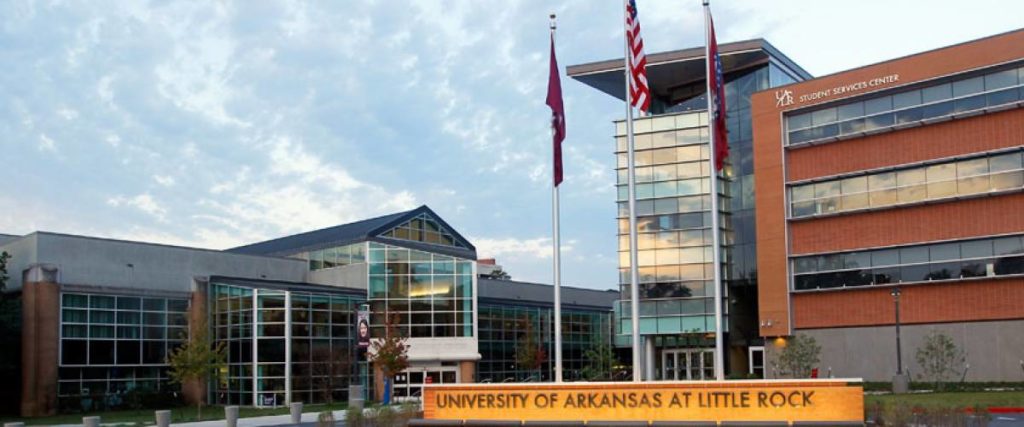
Average net price per year: $13,256
Median earnings six years after graduation: $34,900
While the net price to attend the University of Arkansas at Little Rock is slightly below average, the typical debt load for students who take out loans is high: $27,112 over four years. The median earnings after six years in the workforce are a bit higher than the national average but are still nothing to write home about. “As a college student, I should have a better college experience on campus if I pay all of this tuition,” a freshman writes. “There should be better campus activities available for students to make it more enjoyable and less dreadful.”
California — Unitek College – Fremont
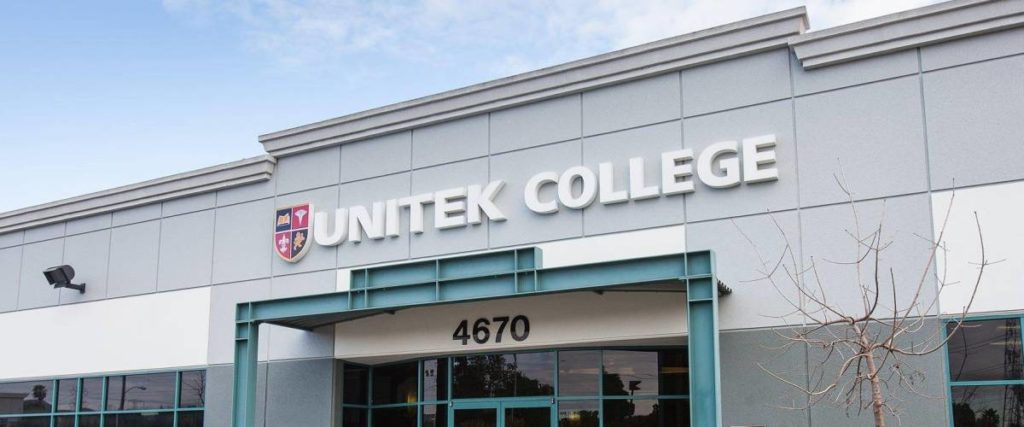
Average net price per year: $50,281
Median earnings six years after graduation: Not available
Unitek College reports a 100% graduation rate, but the price to attend is steep — more than three times the national average. The average student loan debt is also extremely high, at $45,624 over four years. However, the student loan default rate is in line with the national average. “Facilities refuse to take students on from this school, stating over and over that the students are unprepared and uneducated in the basic requirements,” junior claims in an online review.
Colorado — Pikes Peak Community College
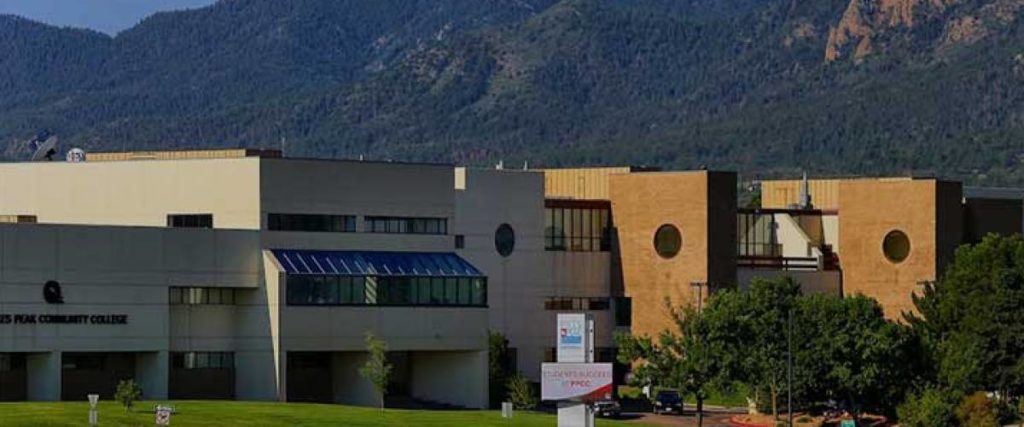
Average net price per year: $8,858
Median earnings six years after graduation: $31,300
Despite the fact that the typical student loan debt at Pikes Peak Community College is low at only $16,296 over four years, graduates seem to struggle to pay it off. The loan default rate is high: 13.7% according to the school. Its graduation rate is low: 23% according to the school. “This number has a lot to do with the high transience of our population,” says Karen Kovaly, a public relations coordinator at Pikes Peak. “With four military installations in the city, 26% of our students are military-affiliated and move on to another post prior to attaining a degree.” While most students speak fondly of the learning environment and their professors, others were more than ready to move on. “They can be as awful as they want, and people will still go here because it’s cheap and they have no other options,” writes one freshman. “The attitude I got from the higher-ups … is that they couldn’t care less about me, my grades, my life, my hopes for a degree, nothing.”
Connecticut — Southern Connecticut State University
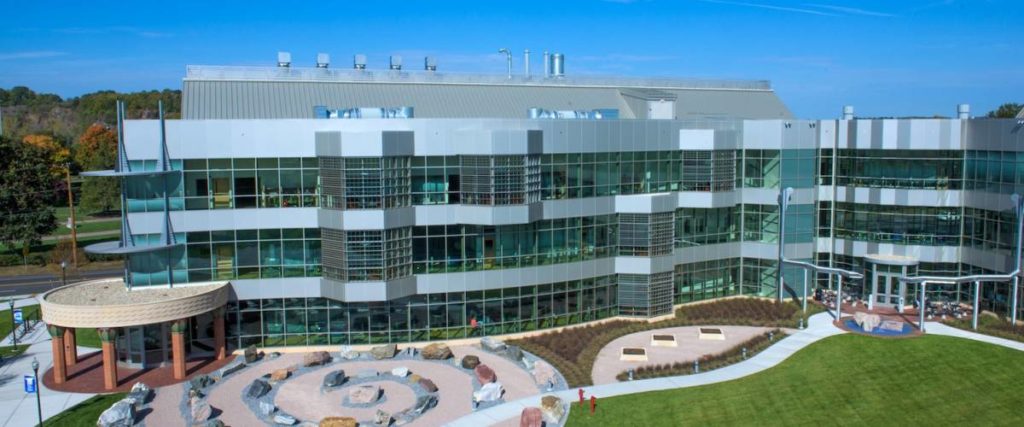
Average net price per year: $17,389
Median earnings six years after graduation: $45,300
Southern Connecticut State University’s net price is higher than average, leading to a pricey average debt load of $26,936 over four years. On the plus side, the median salary six years after graduation is more than $12,000 above the national average, and the graduation rate is slightly above average as well. “This is an average school,” a freshman reviewer writes. “It’s a business, though. Many degrees are meaningless, and the school knows this.”
Delaware — Delaware Technical Community College – Terry
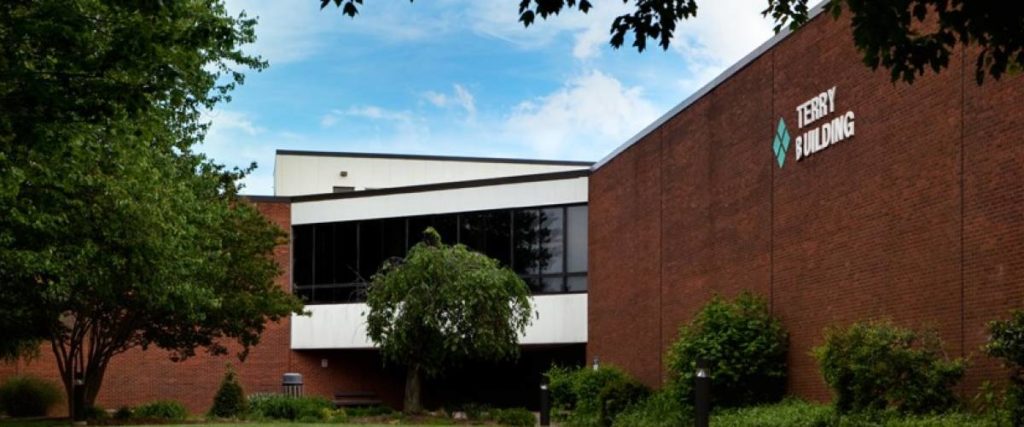
Average net price per year: $8,261
Median earnings six years after graduation: $31,300
Delaware Technical Community College has affordable tuition, but the average salary for graduates after six years in the workforce is a little lower than the national average. Student loan debt is relatively low at $12,980 over four years, but graduates are still wrestling with it. The loan default rate is 13.4%, which is higher than average. On top of that, the school has a 100% acceptance rate, but only 14% of its students graduate. “I have not been made aware of any post-grad services or job opportunities,” a junior comments. “It is always about who you know or who you run into. The responsibility of seeking a degree-related job is primarily on the student.”
Florida — Florida Technical College – Orlando
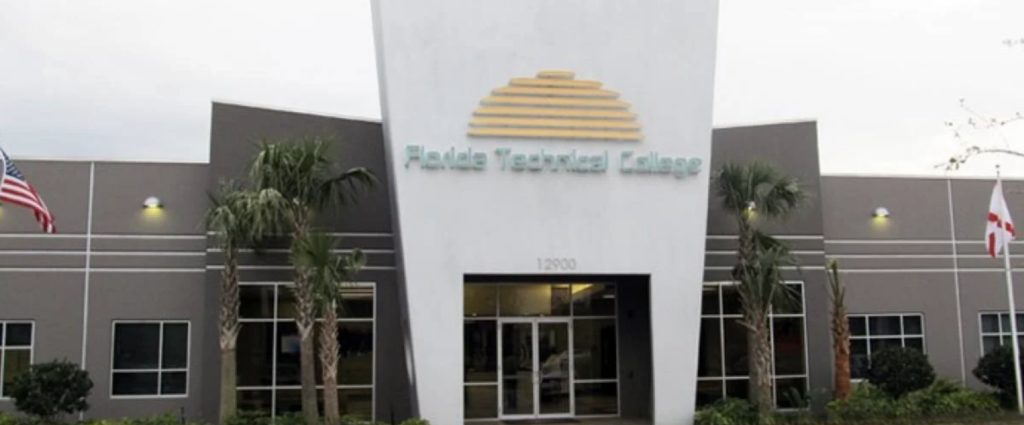
Average net price per year: $15,442
Median earnings six years after graduation: $24,600
The cost to attend Florida Technical College in Orlando is about average, but the return on your investment likely won’t be. The median salary six years after graduation is just $24,600 a year, well below the national average and less than the debt you’d expect to rack up after four years. On such a limited income, you’ll want to take advantage of money-saving apps and browser extensions to ensure that you don’t spend any more than you need to when you shop online. “All my grants and loans went to the school, and I will end up being $13,000 in debt,” writes a junior in an online review.
Georgia — Georgia Gwinnett College
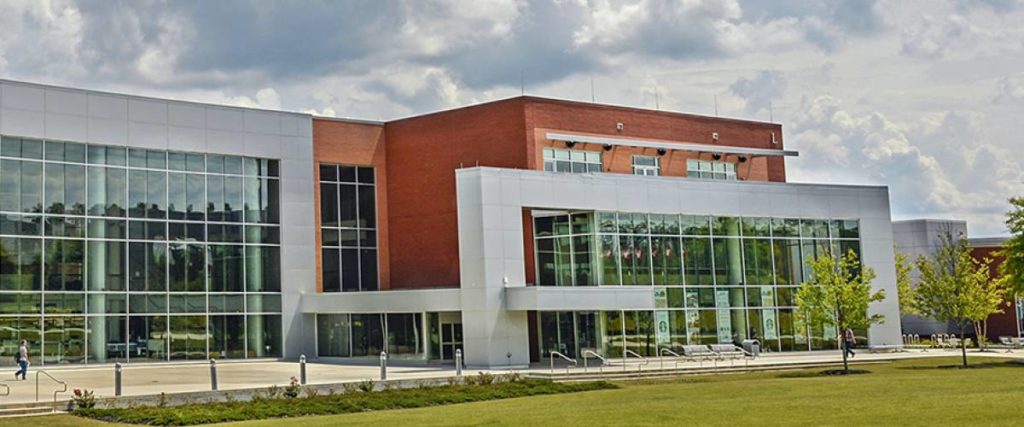
Average net price per year: $11,735
Median earnings six years after graduation: Not available
Georgia Gwinnett College’s tuition costs are less than the national average, but unfortunately, no data was available on how much graduates earn after six years in the workforce. What we do know, however, is that despite a 100% acceptance rate, only 17% of the students at Georgia Gwinnett College graduate. After four years at the school, the average student loan debt is $20,744, and 13.4% of borrowers default on their student loans. “My son attended the school for one semester and dropped out,” the parent of a freshman writes. “The graduation rate is 17%, that speaks volumes… You get what you pay for.”
